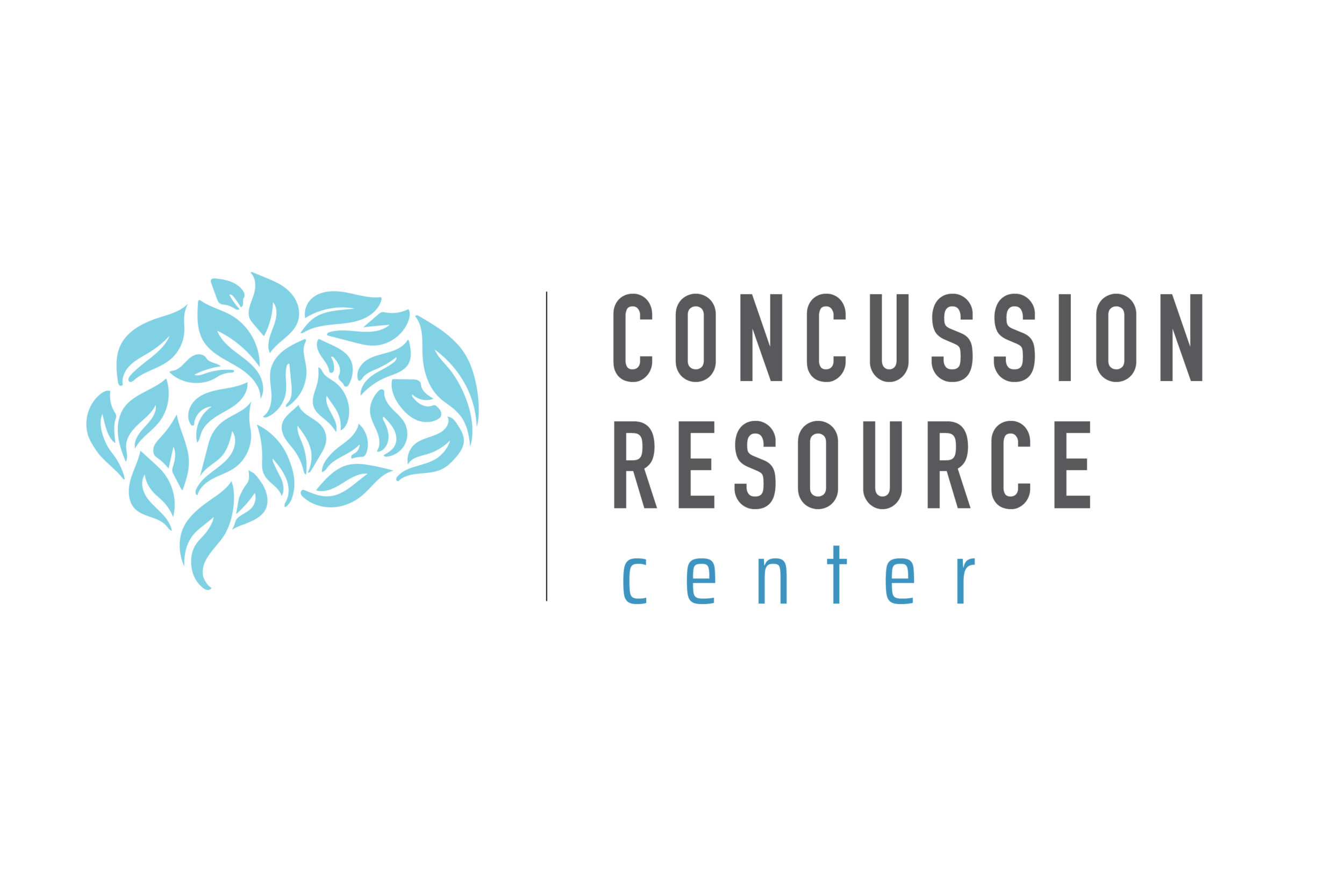Brain Injury Awareness
March is Brain Injury Awareness month. The purpose of brain injury awareness month is to bring awareness to the public about Traumatic Brain Injury (TBI) prevention and treatment when it’s not. March being the “awareness” month, it may seem unusual to feature this topic during the month of June. There is an intended reason for this, which is to appreciate the reality that TBI patients deal with the impacts of their injury in some way every day of the year, not just the days during March.
The term Traumatic Brain Injury itself is traumatic. The CDC defines a Traumatic Brain Injury as a disruption in the normal function of the brain that can be caused by a bump, blow or jolt to the head that causes the head and brain to move rapidly back and forth. It also includes penetrative head injuries. A concussion is a common example of a traumatic brain injury according to the CDC. “Traumatic” is about the furthest word from “sexy” that I can even imagine. It just has a negative connotation leading one to believe that nothing good is going to come from a TBI. With a TBI, things that come easy suddenly become challenging. Things that come naturally now must be learned, or re-learned. And commonly, what’s going on inside the head of a TBI patient is turmoil, constantly wondering if what it is they are doing is really being done right, and if not, will they even be able to recognize that? Confidence and independence are elements that become precious and the fear of even the possibility of not regaining those is difficult to describe. The question of “will I be normal again” seems to have no ready answer because “normal” no longer has a solid and quick definition.
I relate to these things because I just described myself and my experiences after being inducted into the distinguished “TBI Club”. Without going into great detail, let me offer that being stopped at a red light while the vehicle coming behind you travelling at 55 mph without even brakes applied typically ends poorly. Among minor injuries and a destroyed very special license plate frame, I also suffered a subdural hematoma requiring a craniectomy, and ultimately a rejection of the skull flap after reinstallation. This eventually led to the implant of a titanium plate covering the majority of the left side of my skull. These events occurred over a period of about 18 months.
Despite all of this, it is very true that those of us with TBI histories do have a very invisible injury. Nobody really knows what we’re trying to manage or work through, but there is help and you are not alone. During my initial stay at the hospital, I was discharged after a few weeks in ICU directly to in-patient rehab where I underwent significant physical and occupational therapies. This started at the very basic level such as learning how to walk again with a walker. Upon being sent home from the initial event, I continued a routine of physical therapy and speech therapy. Being charged with challenging assignments to perform in my own home during speech therapy was actually enjoyable for me and provoked a much needed relight of my cognitive system. Yoga was good for me and so is iREST, an intensive meditation program that helps me relax, daydream, forgive myself and help with a restart. I continue this practice to this very day. Mental health counseling is also helpful. Give yourself a break; you’ve been through a lot and there is a lot for you to work through. Asking for a hand is not an admission of weakness, in fact it demonstrates quite the opposite. Having the strength of determination benefits from mental health coaching. I’ve never been known as a big biker, but when I recovered from the final surgery where my titanium plate was implanted in the spring of 2021, I made it a point to try to ride every day. I started at about one to two miles per day, and graduated up to between 10-25 miles. I’ve also set reasonable goals to achieve on my bike and plan to work toward those when the weather clears
Recovering from and living with a TBI eventually just becomes a way of life. And it can still be a good life. What helps is to continue to learn to forgive yourself, respect yourself, appreciate your weaknesses and teach yourself ways around those, challenge yourself, live with a sense of humor, be proud of your accomplishments, and make someone smile. Nothing heals better than watching someone else smile, because they too could very well be dealing with something as invisible to you as your injury is to them.
Never think you have to go it alone. I certainly am not. Contact the Concussion Resource Center for additional information.
